Volcanoes and Rocks: Important Facts
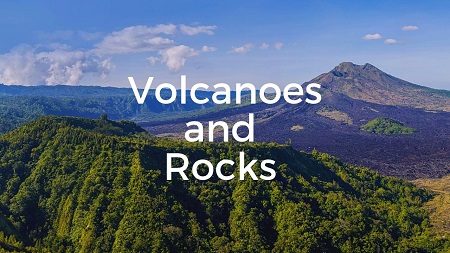
Table of Contents
Volcano:
- A small opening in the Earth’s surface from where lava, ash, dust, rock fragments, and other pyroclastics (very hot) material is ejected up to 1000 m in the sky.
- On the other hand, volcanism is the process through which magma and other pyroclastics material move from the heated interior towards the earth’s surface.
- Magma– Molten matter plus gases. Molten rock material found in the interior of the earth is called magma.
- Lava– Molten matter without gases. when magma reaches the earth’s surface, it is known as lava.
- Vent– is an opening or mouth of a volcano.
- Crater– is a saucer-shaped depression in the mouth of a volcano.
- When the crater is widened, it is called Caldera.
- Lava Plateau– The sheets of lava deposited over one another again and again. They create a lava plateau. Example- black soil.
- Pacific Ring of Fire– The greatest concentration of active volcanoes is in the Circum-Pacific region called the ‘Pacific Ring of Fire’. Volcanic belt and earthquake belt closely overlap along the ‘Pacific Ring of Fire’.
- Types of Magma–
- Acidic– Granite (Continental Crust). Content of silica >70%.
- Basic– Basaltic (Oceanic Crust). Content of silica >50%.
- Ultrabasic– Peridotite plus Gabbro (Mantle). Content of silica >40%.
Types of Volcanoes:
Active Volcanoes:
- Which frequently erupts.
- Generally, their vent remains open.
- Example–
- Mount Fuji -Japan.
- Mount Mayon– Philippines.
- Cotopaxi– Ecuador.
- Mount Damavand– Iran.
- Mount Etna– Italy.
- Stromboli– Italy. The lighthouse of Meditteranean sea.
- Ojos del Salado– Argentina in South America in Andes Mountain. World’s highest active volcano.
- Mount Cameroon– West Africa.
- Barren Islands– Andaman and Nicobar Island.
Dormant Volcanoes:
- Are those in which eruption took place in the Holocene period but presently they do not erupt.
- Example–
- Mount Vesuvius– Italy.
- Mount Krakatoa– Indonesia.
Extinct Volcanoes:
- Are those in which eruption took place in the pre-Holocene period.
- There is no sign of volcanic activity and the crater is filled up with water and the lake is formed.
- Example–
- Mount Kenya– Eastern Africa.
- Mount Kilimanjaro– Tanzania.
- Mount Popa– Myanmar.
- Mount Narcondam– Andaman Islands.
Rocks:
- The earth’s crust is composed of rocks.
- A rock is a compact, coherent, and consolidated mass of mineral matter. Feldspar and quartz are the most common minerals found in rocks.
- Rock may be hard or soft and in varied colours. For example- granite is hard, soapstone is soft. Gabbro is black and quartzite can be milky white.
Elements found in whole earth:
- Iron- 35%.
- Oxygen- 30%.
- Silica- 15%.
- Magnesium.
- Nickel.
- Sulphur.
- Calcium.
- Aluminium.
Mineral Elements in Earth Crust:
- Oxygen- 46.6%.
- Silica- 27.7%.
- Aluminium- 8.1%.
- Iron- 5 to 6%.
- Magnesium.
- Calcium.
- Sodium.
- Potassium.
Types of Rocks:
Igneous Rocks:
- Igneous rocks are formed out of magma and lava and they are known as primary rocks.
- It is also called parent rock because all other rocks derived from it.
- Example– Granite, Basalt, Gabbro, Pegmatite.
- Types–
- Extrusive– Lava solidify on the earth’s surface. Example– Basalt (Deccan Traps).
- Intrusive– Magma solidifies inside the crust. Example– Granite. Very deep igneous rocks are called Plutonic Igneous and those who are close to the surface are called Hypabyssal rocks.
Plutonic Igneous:
- Batholiths– Very deep-seated igneous rocks. Small-sized batholiths are called stocks.
- Lacoliths– Dome-shaped or Misfired Volcano. The Karnataka plateau is spotted with domal hills of granite rocks. Most of these, now exfoliated, are examples of lacoliths or batholiths.
- Lapoliths– Saucer-shaped, concave masses facing upwards are called lapoliths.
- Phacoliths– Lens shaped or Syncline/ Anticline.
- Sill or Sheet– The near-horizontal bodies of the intrusive igneous rocks are called sill or sheet, depending on the thickness of the material. The thinner ones are called sheets while the thick horizontal deposits are called sills.
- Dykes– nearly vertical and are formed When the magma makes its way through cracks and the fissures developed in the land. These are the most commonly found intrusive forms in the western Maharashtra area. These are considered the feeders for the eruptions that led to the development of the Deccan traps. The exposed part of Dykes is called a plug.
Sedimentary Rocks:
- Sedimentary rocks are also called as detrital rocks.
- All rocks whether igneous, metamorphic, or older sedimentary rocks are exposed to weather changes and to the agents of erosion. It thus gets broken into small pieces called fragments which are further reduced into smaller particles called sediments and for this reason they are called sedimentary rocks.
- These sediments are derived from igneous, metamorphic, or older sedimentary rocks.
- All fossils are found only in sedimentary rocks.
- All processes leading to the formation of sedimentary rocks are called Diagenesis and the process of conversion of sediments into sedimentary rocks is called lithification.
- Ice deposited sedimentary rocks is called Till.
- Wind-deposited sediments are called Loess.
- Depending upon the mode of formation, sedimentary rocks are classified into three major groups:
- Mechanically Formed– Sandstone, shale, loess, conglomerate, breccia, etc.
- Organically Formed– These are derived from the remains of plants and animals. Example- coal, coral, Guano rock, etc.
- Chemically Formed– chert, limestone, gypsum, halite, calcites, dolomites, sodium chloride (NaCl), potash, etc.
Metamorphic Rocks:
- All rocks whether igneous or sedimentary may become metamorphic rocks or changed rocks under great heat and pressure.
- Metamorphism is a process by which already consolidated rocks undergo recrystallization and reorganization of materials within original rocks.
| Igneous/ Sedimentary rock | Metamorphosed rock |
|---|---|
| Granite- pressure | Gneiss |
| Clay, Shale- pressure | Schist |
| Clay, Shale- heat | Slate or Phyllite |
| Limestone- heat | Marble |
| Sandstone- heat | Quartzite |
| Coal- heat | Anthracite or Graphite |
| Coal- heat & pressure | Diamond (is the purest form of carbon) |
| Basalt | Eclogite |
| Gabbro | Serpentine |

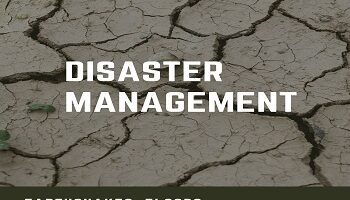
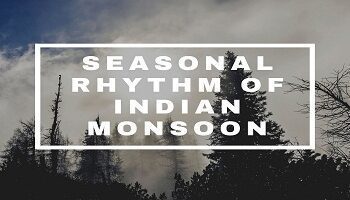
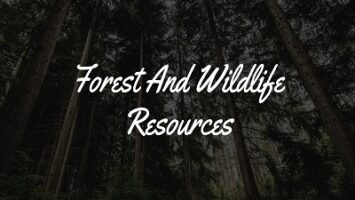
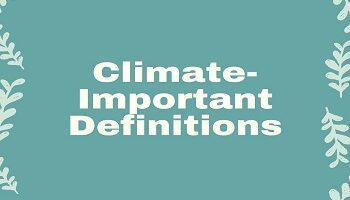



Comments (No)